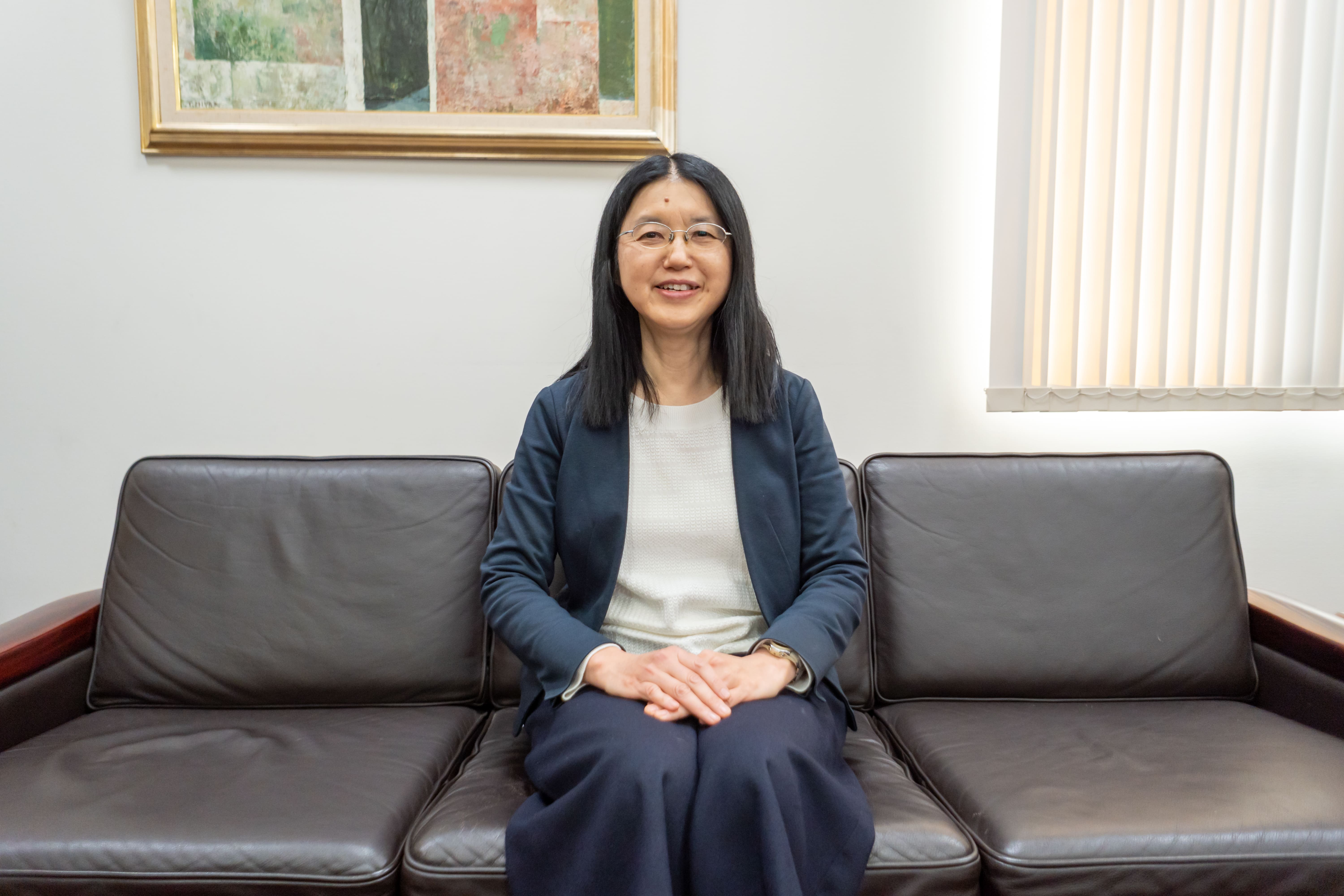Message
WHAT ARE THE INTERESTING AND PECULIAR POINTS OF ORGANIC MATERIALS IN COMPARISON WITH INORGANIC ONES?
In the high school time, I enjoyed chemical experiments. My favorite was beautiful color of transition metals and my questions were why ruby is red and sapphire is blue. My major in the University was chemistry and the research of the functional organic materials has been started. Fortunately, I discovered the new organic superconductor with the world record of the transition temperature. The discovery was beyond my expectation and the reply of nature to my question. My dream is to discover the novel functionalities in order to expand the possibilities of organic materials. Recently, we found the metallic state of the single-component of purely organic materials, even though organic materials were originally insulators. Why do not you join our group and have your enjoyable experience to find new functional materials with us?















